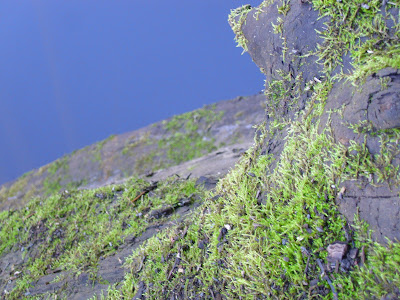Wednesday, December 19, 2012
Tuesday, December 11, 2012
Tuesday, November 13, 2012
Beauty In Photography
In my opinion, beauty in a picture only exists if the viewer feels the emotion from what was captured, or has a connection with it in some way, shape or form. Beauty in photography often varies from things people find attractive, to scenes of hopelessness or even changes in history. It really all depends on the audience. For instance, a picture of a man crying may be something a person may not find enchanting, but just suppose that it may be from the first glance of his new baby daughter. This simple addition completely changes the mood into something almost magical. Also, a shot of a soldier saving another man is not pretty, but uplifting. These pictures represent something beautiful.
Wednesday, October 31, 2012
Monday, October 29, 2012
Friday, October 19, 2012
Some Macro Photography
I had a great time taking these pictures because it motivated me to save money for a better camera! I love precision and different angles.
___________________
Thursday, October 18, 2012
WEB ASSIGNMENT #4
Alfred Stieglitz 1864-1946
This man was known as an American photographer who became better known in the early 20th century for his galleries in New York. He also introduced many European artists to America.
________________________________
Wet Day on the Boulevard, 1894, Alfred Stieglitz
This photo is by far my favorite picture taken by Alfred because it shows the routine of people long ago. I love how he captured the texture of the ground and included the building on the left to add reality amongst the people walking. The fog is beautiful. ______________________________________________
His wife, Georgia O'Keeffe, was just as creative as him, being known for magnifying enlarged paintings of blossoms or buildings on large-format canvases. Her paintings were almost an illusion of closeness towards whatever she was inspired by.
_________________________________________
Blue and Green Music
Ex: I believe they both had a wonderful relationship with each other because the two benefited from one another in their favorite interests. Alfred organized annual showings of her work, and was inspired with her creativity.
WEB ASSIGNMENT #3
The (Well-Known) Brownie Camera

A Brownie Camera, as described with the helpful source of wikipedia, describes this camera as a simple and affordable camera series. Invented by a man named Eastman Kodak, the first brownie camera was first introduced in February, 1900. The camera changed society by making taking pictures affordable and a necessity among families. An Austrian architectural critic Joseph Lux praised the camera for its cultural potential.
A Brownie Camera, as described with the helpful source of wikipedia, describes this camera as a simple and affordable camera series. Invented by a man named Eastman Kodak, the first brownie camera was first introduced in February, 1900. The camera changed society by making taking pictures affordable and a necessity among families. An Austrian architectural critic Joseph Lux praised the camera for its cultural potential.
Tuesday, October 16, 2012
WEB ASSIGNMENT #1
Nicephore Niepce
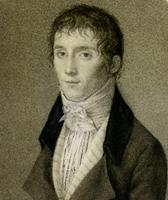 A. Nicephore Niepce was a man very well known for producing the world’s first
photograph in 1825. Niepce was born in Chalon-sur-Saone, Saonie-et-Loire, and
had two brothers and a sister. His father, being a lawyer, caused his family to
move during the French Revolution. Niepce also served as a staff officer in the
French army under the command of Napoleon.
A. Nicephore Niepce was a man very well known for producing the world’s first
photograph in 1825. Niepce was born in Chalon-sur-Saone, Saonie-et-Loire, and
had two brothers and a sister. His father, being a lawyer, caused his family to
move during the French Revolution. Niepce also served as a staff officer in the
French army under the command of Napoleon.
B. Niepce was entirely known for creating the first successful
photograph in 1826 at Saint-Loup-de Varennes. The photo is pretty much a view
through a window at Le Gras, and shows the roof and surrounding countryside.
C. The most important purpose of this photograph is because it
really is the first photograph to go down first in history. Also how it was
made was very different, made with bitumen, sunlight and water.
D. The photo was taken from the view outside the upstairs window
at his estate at Le Gras.
E. The total exposure he used lasted 8 hours.
F. This photo was taken in 1825.
Extra Credit: The photograph is located in the lobby of Harry
Ransom Humanities Research Center.
Monday, October 15, 2012
WEB ASSIGNMENT #2
1. The Daguerreostype was pretty much the first successful photo process. A deal breaker. The surface resembles a mirror with its silver shine. The photographic process this was replaced with kindly, was the Ambrotype process.


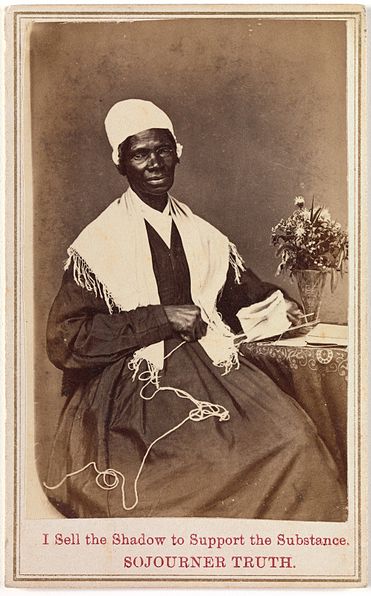
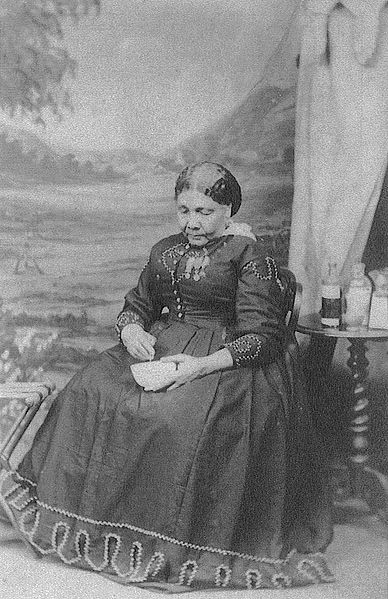
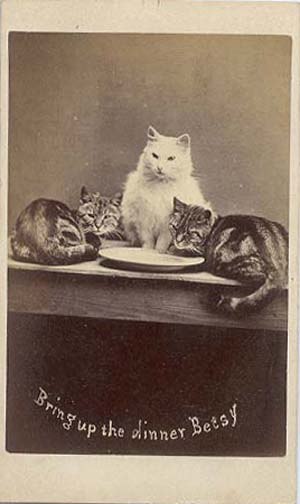

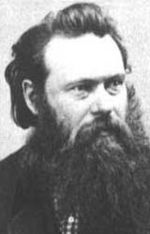
2.) An albumen print was the first successful and popular method of producing aphotographic print on a base from a negative. The special ingredient they used was found in egg whites. This process died out in the mid 19th century when people invented new and better things.
3.) Labeled on wikipedia as "Stereoscopy", a certain stereograph technique was used to hold the purpose of creating depth, or a 3D illusion. I believe this effect was popular in the 1860's.
4.) Now, a carte de visite is essentially a cute little photograph used for sharing and/or mailing. I read that it was an over night sensation and got super popular, super fast.



5.) Back in 1856, a Scottish man named Alexander Gardner emigrated here in America, using photographer as his prized profession. He is known for his photos of the Civil War. Another who was known for pictures of the Civil War was a man whom influenced Alex, Mr. Mathew Brady. Both were around and taking pictures during the 19th century.


Subscribe to:
Posts (Atom)

















